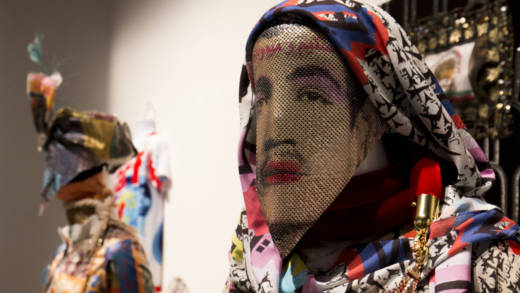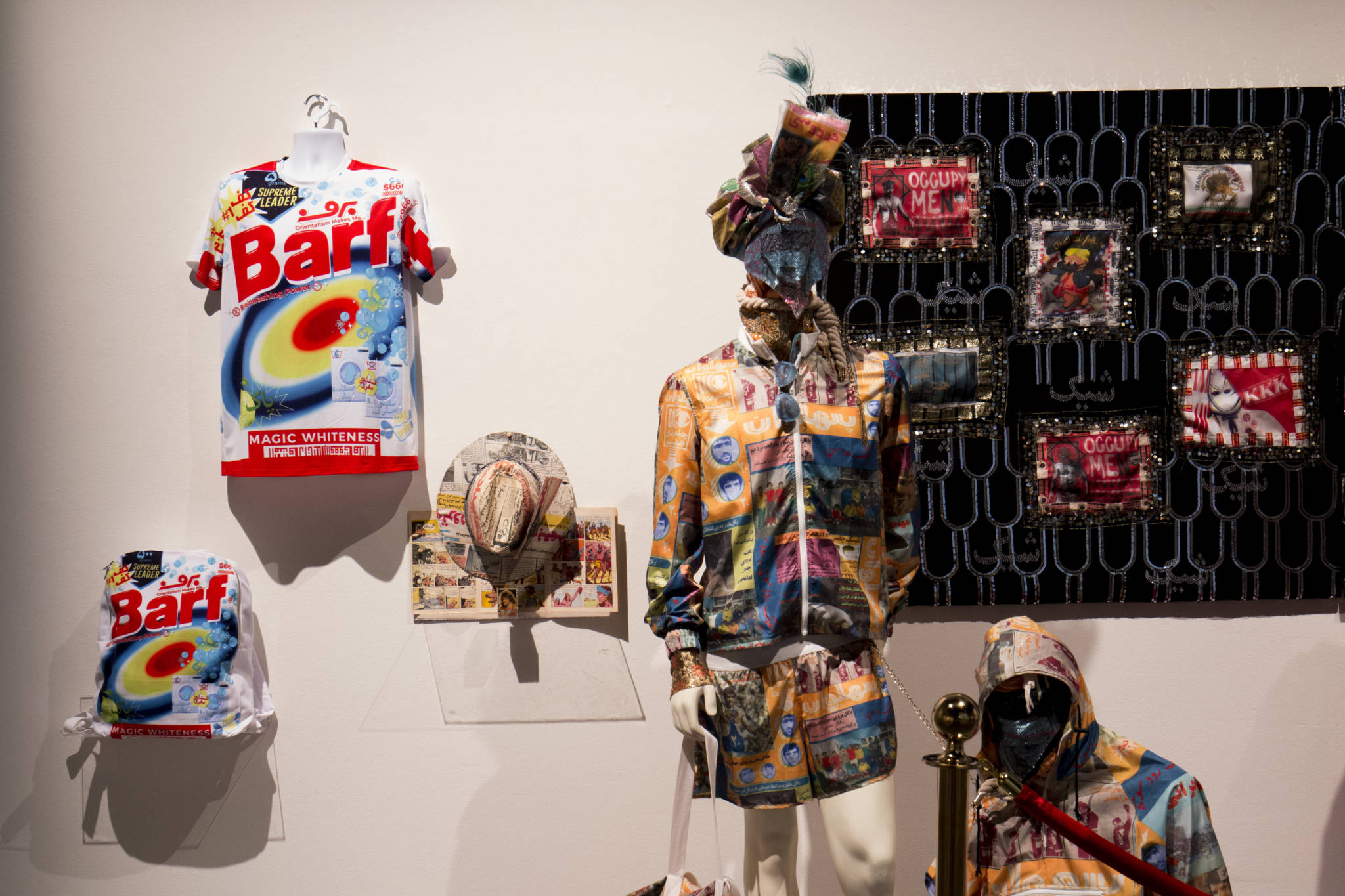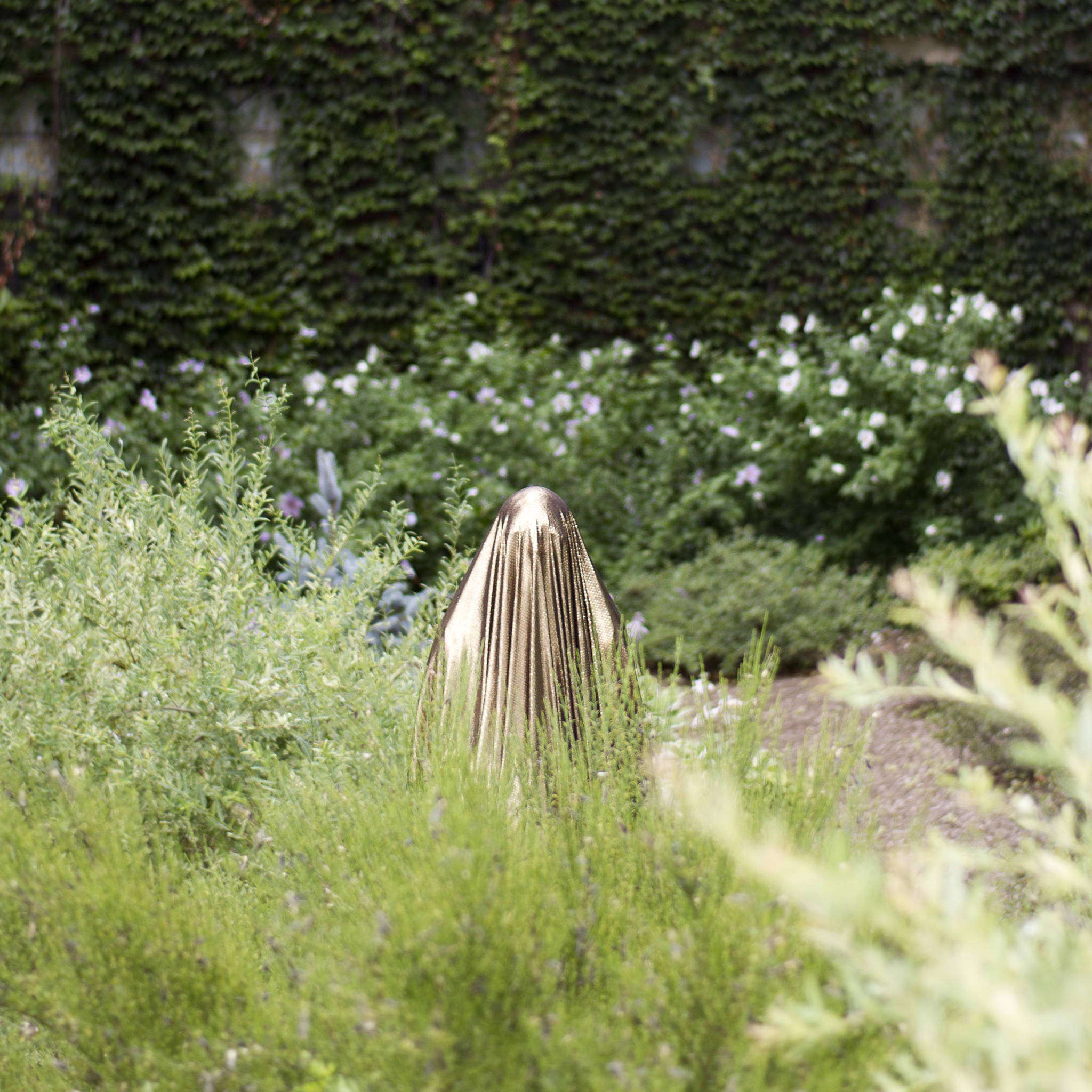What does it mean to be marginalized? How does it feel when a community that shares your religious beliefs in turn rejects you based on your race, gender identity, or physical ability?
These are two of the many questions posed by SOMArts’ The Third Muslim, an engaging multimedia installation of work by 15 artists who identify as queer, trans, and gender non-conforming. Curators Zulfikar Ali Bhutto and Yas Ahmed marshal images and ideas that highlight Islam — along with homophobia, racism, and rejection in queer communities — and the potential for visual art to foster both individual and communal healing.
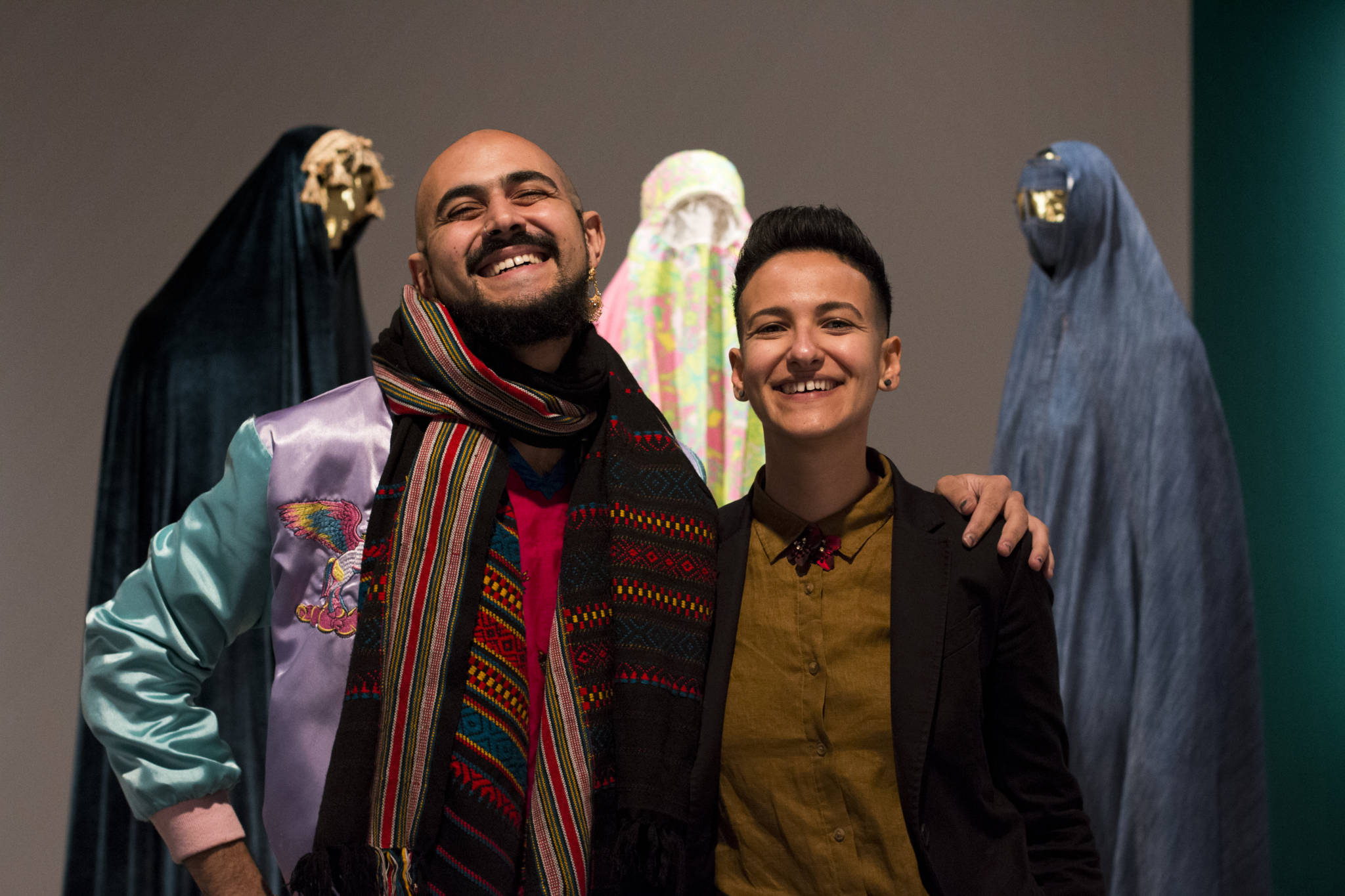
A note of context may be helpful. Though it’s not stated outright, critical theorist Homi K. Bhabha’s concept of the third space offers a lens through which to consider The Third Muslim. Briefly described, the third space opens up when two or more individuals or cultures interact. Under the best circumstances, those interactions help blend disparate experiences, and undermine the notion that culture is homogenized, or worse, “pure.”
With Bhabha’s work in mind, the third space concept may help us understand historical and contemporary cultural collisions like imbalances of power between developed and developing nations, the consequences of colonialism, and the negative effect of mainstream media portrayals on communities represented in The Third Muslim.
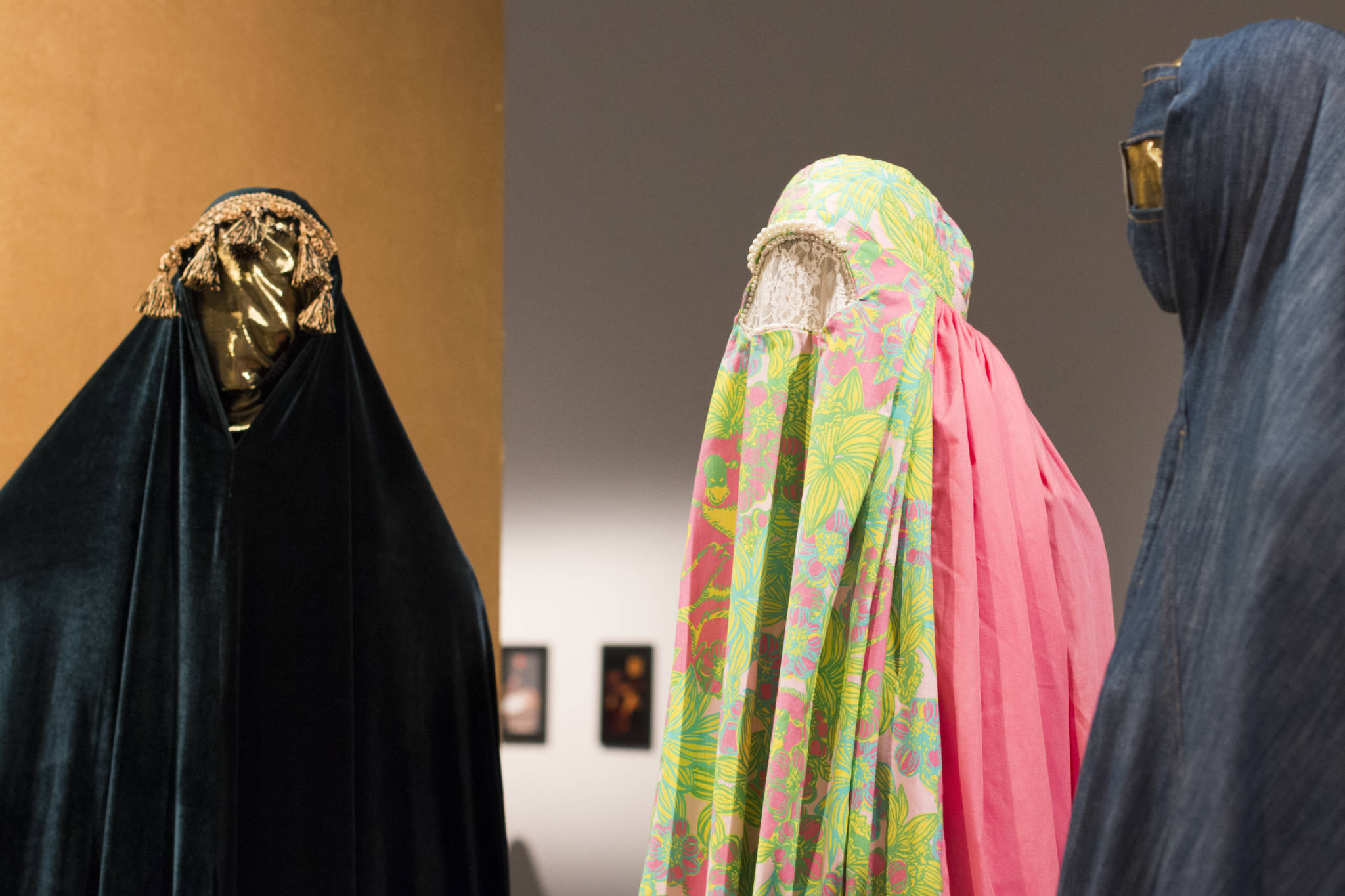
Clothing is a potent and prominent metaphor throughout the installation. Walking into the gallery, viewers are immediately faced with a subject that arouses passionate responses from women and men alike worldwide. Saba Taj’s F**k It Veil series presents three burqas, the modest garments worn by millions of Muslim women that are dismissed as sexist and culturally regressive by many in the West.
